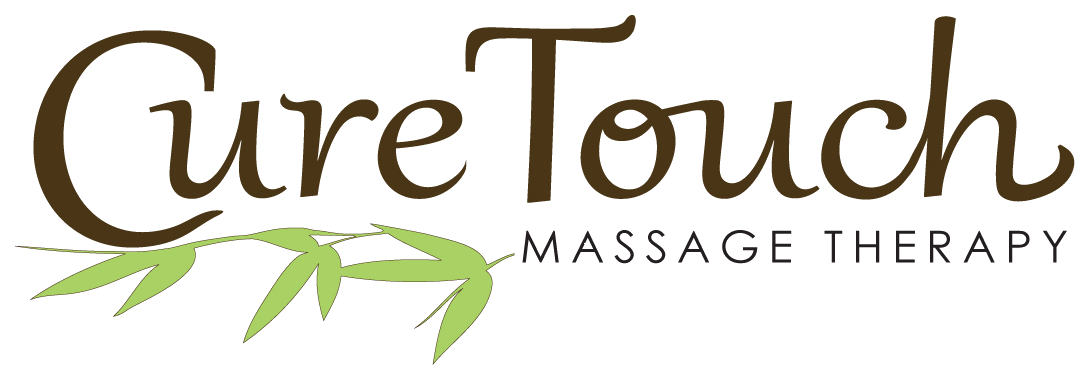Massage therapy in the United States has a rich and diverse history that dates back centuries, intertwining with various cultural practices and medical traditions. While massage has been practiced globally for thousands of years, its formal introduction to the United States can be traced back to the early 19th century.
One significant figure in the early history of massage therapy in the U.S. is Per Henrik Ling, a Swedish fencing master who developed the Swedish Gymnastic Movement System. This system included massage techniques aimed at improving physical health and well-being. Ling’s work gained popularity in Europe and eventually made its way to America in the mid-19th century. Source: Per Henrik Ling
Another pivotal moment in the history of massage therapy in the United States occurred during the Civil War era. It was during this time that nurses, such as Florence Nightingale and Clara Barton, utilized massage techniques to aid in the healing of wounded soldiers. This marked a turning point in the recognition of massage as a legitimate therapeutic practice within Western medicine. Source: Florence Nightingale Source: Clara Barton
In the late 19th and early 20th centuries, massage therapy gained further legitimacy with the establishment of massage schools and the publication of influential texts on the subject. Prominent figures such as Dr. John Harvey Kellogg advocated for the benefits of massage in promoting health and wellness. Source: Dr. John Harvey Kellogg
Today, massage therapy is widely recognized as a valuable form of complementary medicine in the United States, with licensed massage therapists practicing in various settings, including spas, clinics, and hospitals. Its journey from ancient traditions to modern-day practice is a testament to its enduring efficacy and relevance in promoting holistic well-being.


No Comments